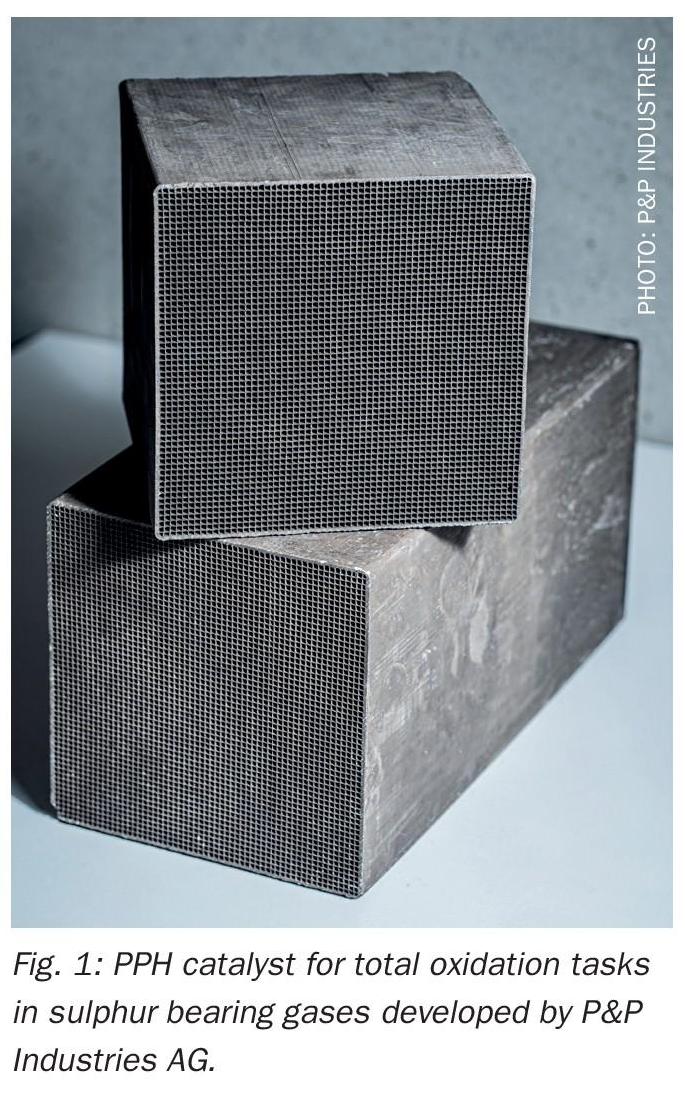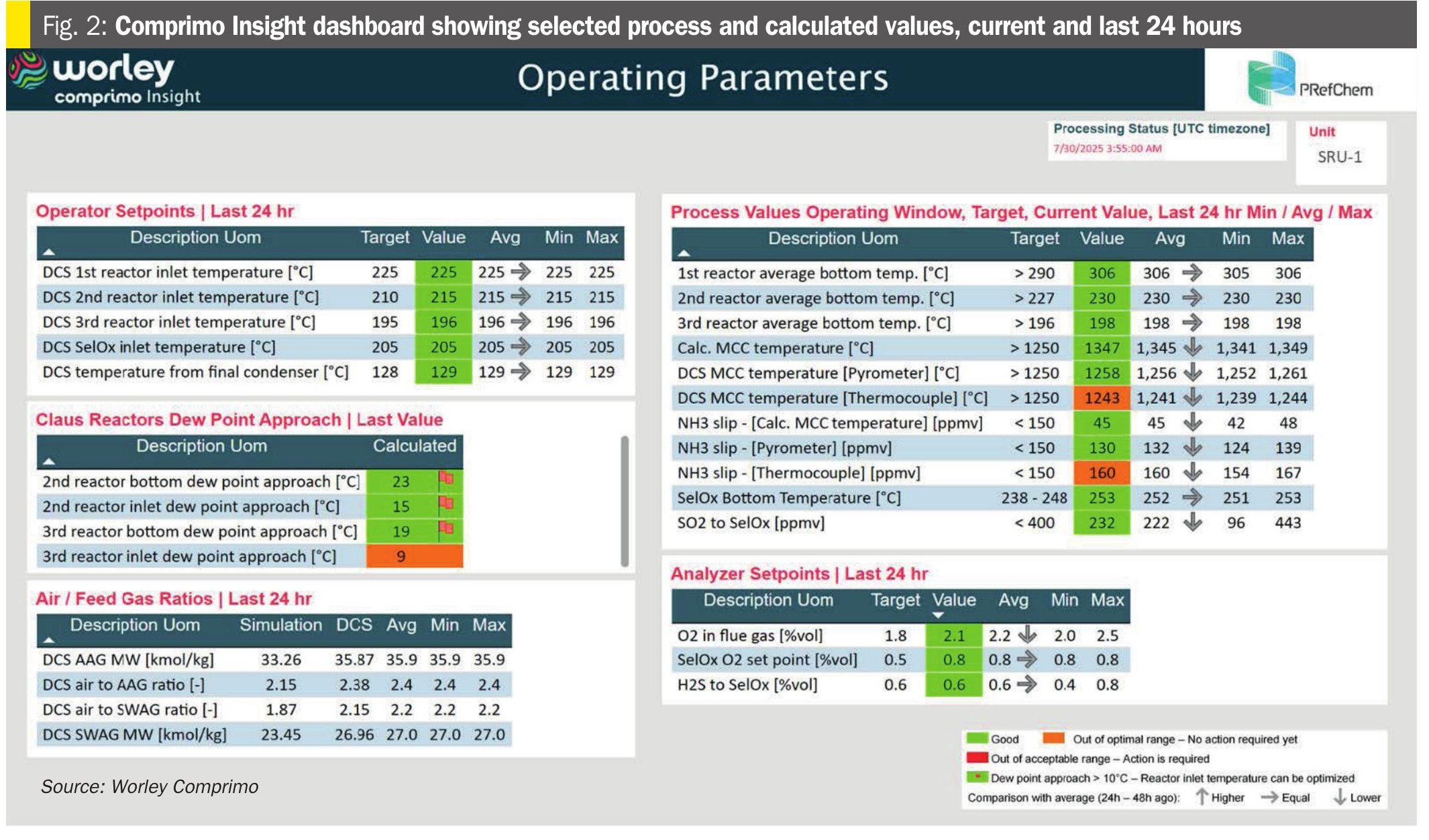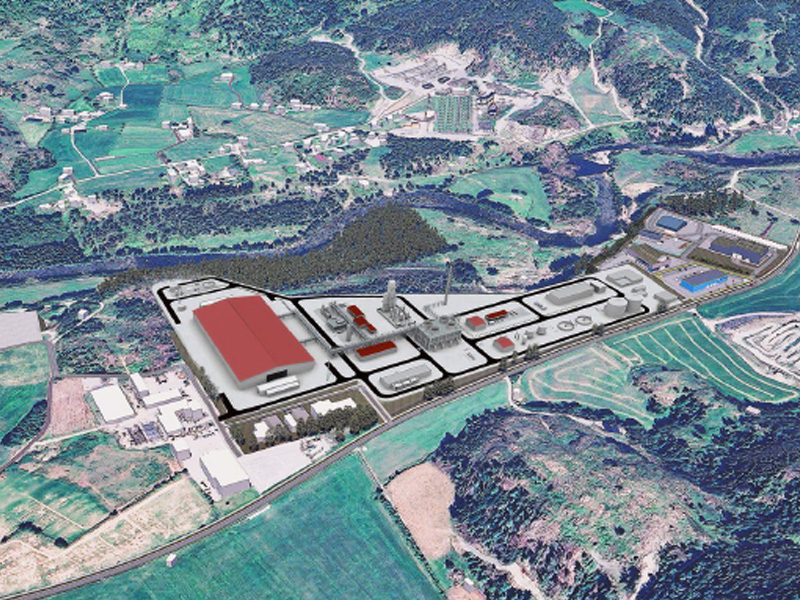Nitrogen+Syngas 389 May-Jun 2024

31 May 2024
The future of hydrogen
HYDROGEN
The future of hydrogen
Low emissions hydrogen is expected to play an increasing role in the syngasbased chemicals industry, but cost and technical challenges remain.

The need for low-emissions hydrogen and ammonia is expected to accelerate as decarbonisation quickens over the coming decades. Both will play a significant role in decarbonising hardto-abate sectors including steel, shipping, aviation and fertilizers, and within the wider energy transition generally. Yet uptake across other sectors has a mixed outlook, constrained by the cost and technical challenges of switching to hydrogen or ammonia, and the existence of alternative decarbonisation solutions.
In the face of escalating climate change concerns, the imperative to transition away from fossil fuels to sustainable energy sources has become an unprecedented global challenge. The adverse impacts of greenhouse gas emissions, primarily attributed to the burning of fossil fuels, have propelled the international community to seek alternative solutions that are both ecologically responsible and economically viable. Against this backdrop, low-emissions hydrogen, and its derivative ammonia, have emerged as promising energy carriers with the potential to play a pivotal role in the ongoing energy transition. Analysis conducted by CRU projects low-emissions hydrogen and ammonia demand to reach approximately 160 million t/a and 230 million t/a in 2050, respectively.
Tax credits
The US Inflation Reduction Act (IRA) revised and augmented renewable energy tax credits and introduced new ones for green hydrogen. Where green hydrogen tax credits can be stacked with renewable tax credits – and the full credits obtained – costs of green hydrogen production could be on par with blue or grey hydrogen costs if built before 2032, when the current tax credit regime ends.
There were no specific clean hydrogen tax credits before the IRA. Now, assuming certain wage and apprenticeship requirements are met, new ten-year 45V clean hydrogen production tax credits (PTCs) are available of between $0.60–3.00/ kgH2 , depending on emissions. Clean hydrogen facilities must begin construction before 2033 to be eligible for the PTCs. The IRA also introduced new clean hydrogen investment tax credits (ITCs) under IRC (Internal Revenue Code) section 48 of between 6–30%, depending on emissions and again assuming wage and apprenticeship requirements are met. Hydrogen produced with <0.45 kgCO2 e/ kgH2 can be eligible for 30% ITCs, but this percentage falls as emissions rise towards 4 kgCO2 e/kgH2 .
As with renewable energy tax credits, clean hydrogen ITCs and PTCs are mutually exclusive. However, renewable energy and hydrogen tax credits can be stacked. Pre-IRA, renewable energy tax credits had a limited impact on green levelised cost of hydrogen (LCoH), while IRA renewable energy tax credits have a bigger effect. CRU estimates that application of IRA renewable energy tax credits will reduce green LCoHs by around $0.80–1.20/ kgH2 over the second half of this decade. This difference would be even larger if IRA clean energy manufacturing tax credits are also included.
Further, to limit emissions from hydrogen production, the US Treasury Department recently proposed rules requiring that renewable electricity used to produce hydrogen is additional to the grid, as well as matched in time and geography for IRC 45V credit eligibility. Temporal matching will be annual at first, then hourly beginning in 2028, with no grandfathering. This may favour more expensive PEM electrolysers which can handle intermittent power better than alkaline electrolysers. The cost difference between using alkaline electrolysers with steady power and high utilisation versus using PEM electrolysers with intermittent power and lower utilisation is generally about $2.00/kgH2 .
Blue and grey hydrogen
Tax credits for carbon capture under IRC 45Q existed before the IRA, but the IRA raised the 12-year IRC 45Q tax credit value and pushed back the credit expiration date. Projects must now begin construction before 2033 rather than the previous 2026 cut-off date. While it is possible to make hydrogen both using steam methane reforming (SMR) and autothermal reforming (ATR), it is estimated that SMR blue hydrogen production is unlikely to meet the IRC 45V and 48 emissions thresholds of 4 kgCO2 e/kgH2 in most cases. There is uncertainty over whether ATR blue hydrogen production meets the IRC 45V and 48 emission threshold. If it does, it will likely be limited to a 6% tax credit under IRC 48 or a $0.6 /kgH2 production tax credit under IRC 45V, as usual assuming that wage and apprenticeship requirements are met. This can be compared to the $85/tCO2 e tax credit (nominal terms) under IRC 45Q.
IRA 45Q tax credits generally reduce blue LCoH by $0.15–0.36/kgH2 until they expire in the 2030s. Consequently, blue LCoHs become comparable to grey LCoHs for facilities built in this time period. While this decline is significant, as shown above, the IRA reduces green LCOHs by ~$3/kgH2 over the period 2024–2032 when renewable and hydrogen tax credits are stacked. However, despite generous IRA credits for green and blue hydrogen, grey hydrogen remains the least costly for most of the period covered.
Outside the US, emissions policies such as the EU Carbon Border Adjustment Mechanism (CBAM) will also affect the value proposition of different types of hydrogen. For markets with the most progressive carbon pricing, such as Europe, importing green or blue hydrogen from the US will be more competitive relative to grey hydrogen due to their lower embedded emissions.
There are other financial incentives that indirectly reduce clean LCoHs, including clean hydrogen manufacturing tax credits and hydrogen hub investments. As indicated earlier, we have not incorporated clean energy manufacturing tax credits into our LCOEs, but these would lower green LCOHs still further.
Green LCoHs will decline below those of blue and grey in the early-2030s, and the lowest cost green hydrogen is expected to be that benefitting from tax credits under IRC 45V. The level of cost reduction will likely prompt faster adoption of green hydrogen and green ammonia – and should help to reduce costs for hard-to-abate sectors.
Sectoral demand
Traditional hydrogen end-uses, including methanol and ammonia production, the latter of which is driven primarily by fertilizer demand, will be major sources of consumption, as decarbonisation drives a switch to less emission-intensive production technologies. Refining will likely undergo a similar transformation, although against a backdrop of declining overall consumption as the share of hydrocarbons in the energy mix declines. Adoption of hydrogen and ammonia in hard-to-abate sectors, such as aviation, shipping and the manufacture of steel, will also generate considerable demand, although many of the technologies needed for their uptake are still in the development phase – with proven commercial viability yet to be demonstrated.
There is less potential for uptake in other sectors, including transport and power generation, where alternative decarbonisation solutions already exist and are proven to be more competitive. Switching to hydrogen or ammonia will incur high infrastructure costs; and the low density of hydrogen has direct implications for equipment used.
Meanwhile, ammonia also poses challenges to its adoption:
- Ammonia is toxic and will cause major harm to humans and the environment if spilled.
- Infrastructure for ammonia trade is highly specialised and would need to be expanded significantly.
- Ammonia ‘cracking’ to generate hydrogen results in a 15% hydrogen yield loss.
- Ammonia, while carbon-free, is a high-nitrogen fuel that almost certainly will lead to emissions of nitrous oxide (N2 O) which is itself a powerful greenhouse gas. Suitable abatement technologies, alongside sufficient regulation, will therefore be needed to mitigate these emissions.
- Green hydrogen at <$1.0 /kg will not be achievable as some suggest.
Production costs
Hydrogen production costs are dependent on the technology deployed, the energy source and other local cost factors. Carbon prices are another important consideration for overall competitiveness. Unabated fossil-based hydrogen was (before the global energy crisis at least) the most economically viable option, with costs of <$2.00/kgH2 according to CRU’s Hydrogen Cost Model.
Carbon capture, utilisation and storage (CCUS) adds cost to fossil-based hydrogen production as the CCUS requires additional
investment and is energy intensive, but the added cost of carbon capture is only about $0.40–0.50/kgH2 in an SMR plant. This is because fossil-based hydrogen production processes already incorporate carbon capture, which is a necessary part of the process to produce a pure hydrogen gas stream. Finally, hydrogen produced via electrolysis with low-emission electricity, assuming full costs of electricity are borne, is upwards of $5–6/kgH2 .
There are a number of forecasts suggesting that the levelised cost of hydrogen (LCoH) will fall below $2.00/ kgH2 by 2030, and $1.00/kgH2 by 2050 – perhaps under optimistic scenarios and in regions with high capacity factors of renewable electricity. However, CRU’s own cost assumptions for renewable energy and electrolysers indicates that most countries are still expected to exhibit green hydrogen costs above blue and grey costs by 2050, ranging between $3–7/kg in real terms – even before the addition of necessary storage and distribution costs. Green ammonia costs also follow the same trajectory, with the cost of green hydrogen forming the largest part of its overall cost structure. Furthermore, as ammonia production requires a constant supply of hydrogen, additional costs associated with overcoming this challenge – if relying on the underlying intermittency of renewable energy – can also be presumed.
The conclusion is that aside from those countries that are expected to have access to low-cost renewable energy, green hydrogen and ammonia costs will still be prohibitively high by 2050, with implementation of subsidy or a carbon price likely needed for the industry to develop.
Offtake agreements the key
While both low-emissions hydrogen and ammonia have emerged as promising energy carriers, with the potential to play a pivotal role in the ongoing energy transition, it is essential to approach the role of hydrogen and ammonia with a realistic lens, acknowledging both their promises and challenges, particularly cost. The pathway to a hydrogen-based economy will require not only technological advancements but also infrastructural investments and systemic changes. In many sectors, this will offset the value that hydrogen or ammonia can deliver, with alternative decarbonisation solutions instead being adopted.
This latter point is reflected most tangibly within the low-emissions project pipeline itself, where just 2% and 4% of hydrogen and ammonia projects have reached a final investment decision, respectively. The missing key for project financing remains the committed offtake, with potential end-users still unconvinced by the lack of policy clarity, high costs and infrastructure requirements of adopting hydrogen or ammonia. There needs to be more focus on potential demand in existing markets such as steel, fertilizer and methanol for faster development and for the industry to move beyond its ‘messy middle’.
Learning more
Interested in the future of hydrogen and ammonia? CRU’s Low-Emissions Hydrogen and Ammonia Service can validate and test your internal assumptions and support business decisions. n






